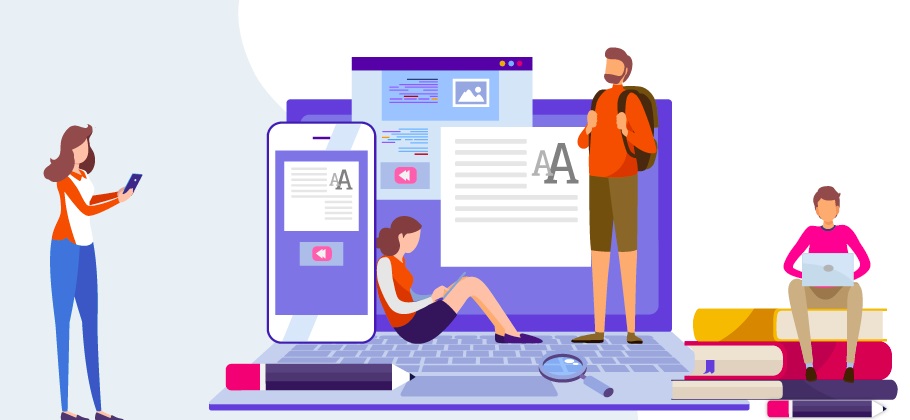Top Features of a Successful Call Center
These features are top priorities, aside from the other features that go with a center's daily operations.
 Picture 1 of Top Features of a Successful Call Center
Picture 1 of Top Features of a Successful Call Center
The call center's workforce
A center's team of managers, analysts, supervisors, and agents are the pillars that support the business and the satisfaction of its customers. A successful call center prioritizes its team by nurturing a positive work environment. The center should provide proper training, retain its excellent workforce, and reward team members for their exemplary performance.
High turnover is a big problem with call centers, which can be detrimental to their success. Spending more time to recruit and train the best talents is one way to have a loyal workforce. Likewise, executives should monitor their operations to ensure that the company does not have problems that lead to agents' dissatisfaction.
Regulation compliance
Call center operations are subject to various compliance requirements. One is Telephone Compliance Protection Act or TCPA compliance, or the Telephone Consumer Protection Act, which governs outbound calls to ensure that customers consent to the call. For example, the agents, such as telemarketers, should not use their automatic dialers to call wireless phones. The center should honor the right of customers to withdraw their consent at any time. They should schedule the call only between 8 am to 9 pm.
Technology
A call center with all the required technology does not mean that it is successful. They can only ensure success if they train their workforce on correctly and effectively using the tools they need to perform their daily tasks.
Because a center's daily operations can be hectic, sometimes, training is set aside. At the same time, there could be disparate systems because a call center uses several tools. These tools should interact with each other and customers; some may already be redundant. Thus, the center's management should always check the tools they optimize and integrate their tech tools. The management can ensure success by prioritizing essential tools, including telephony software, call recording and monitoring, collaboration and communication tools (internal), customer-facing communication tools (external), and CRM. These tools should work seamlessly so that the agents can focus on their work and deliver enhanced customer experience.
Customer experience
A call center becomes successful when its customers are satisfied with its services. A call center primarily addresses customers' concerns, answers their questions, and provides solutions. Likewise, adding a touch of empathy makes the customers feel someone is there for them. It means the agents should learn to use an appropriate tone of voice, straightforward language that is honest and calming, and express gratitude to the customer.
Although agents have a list of calls to make, it is likewise vital they follow the Federal Do Not Call Registry. Although other features contribute to a call center's success, the enumerated features should be the management's top priority. Simultaneously, they should use call center technology as the bridge to connect the agents to the customers. Thus, improving these essential areas will give them benefits that will spread to the team, customers, and the center's business.
You should read it
- The field of switchboard operators suffered the sweep of the 'AI tsunami'
- The number of Grab switchboards calls GrabBike, GrabCar
- The reasons for Data Center crash
- Types of data center design
- How to adjust the Control Center iOS 11 interface
- Call recording Android with Call Recorder - ACR
- How to call video call on Zalo PC
- How to call, video Facebook Messenger on mobile, tablet
- Zalo allows direct calling from contacts
- ASUS warranty center in Vietnam
- What happens when you travel through the heart of the earth?
- How to fix errors cannot open Control Center on iPhone / iPad from Lock Screen
May be interested

Top 7 Highest-Paying Jobs You Can Get Without a College Degree

4 Steps to Build the Best Morning Routine

Matching Jewelry With a Natural Stone to Your Zodiac Sign

How To Dress In A Unique Way This Year

Switch or stay? Your guide to car insurance renewals

Concentration On Homework: Tips To Submit Your Assignment On Time






 The field of switchboard operators suffered the sweep of the 'AI tsunami'
The field of switchboard operators suffered the sweep of the 'AI tsunami' Successful start-up: 5 questions need to have a clear answer before deciding to call capital
Successful start-up: 5 questions need to have a clear answer before deciding to call capital The number of Grab switchboards calls GrabBike, GrabCar
The number of Grab switchboards calls GrabBike, GrabCar Free Conference Call - Download Free Conference Call here.
Free Conference Call - Download Free Conference Call here. The reasons for Data Center crash
The reasons for Data Center crash Why use Windows 10 Action Center instead of Settings app?
Why use Windows 10 Action Center instead of Settings app?